As creepy as they can be, interacting with bugs is a part of life, whether you’re hanging at home or spending time outside. Unfortunately, some of those insects may decide to bite you at some point. Next thing you know? You’re Googling mosquito bite pictures to figure out what little critter got ya.
But short of actually seeing a bug chomp on you, it can be hard to tell what bit you. “Generally, it is very difficult to impossible to tell the difference between bites caused by different blood-feeding insects and ticks,” says Ben Hottel, technical services manager at Orkin. “To confirm what has bitten you, you will need to see what bit you in the first place.” People also react differently to bug bites and—cool fact—some people have no reaction, Hottel says.
If you happen to have signs of a bug bite and it’s causing uncomfortable symptoms, call your doctor—you may be having an allergic reaction or an infection, and both need treatment, says board-certified dermatologist Ife J. Rodney, MD, founding director of Eternal Dermatology + Aesthetics in Fulton, Maryland.
While it’s impossible to know for sure what bit you, you can still get a pretty solid idea of what kind of insect was behind your bug bite by analyzing the aftermath. Here’s a breakdown of some of the most common bugs that could bite you, plus what kind of symptoms you might have.
Mosquito bite
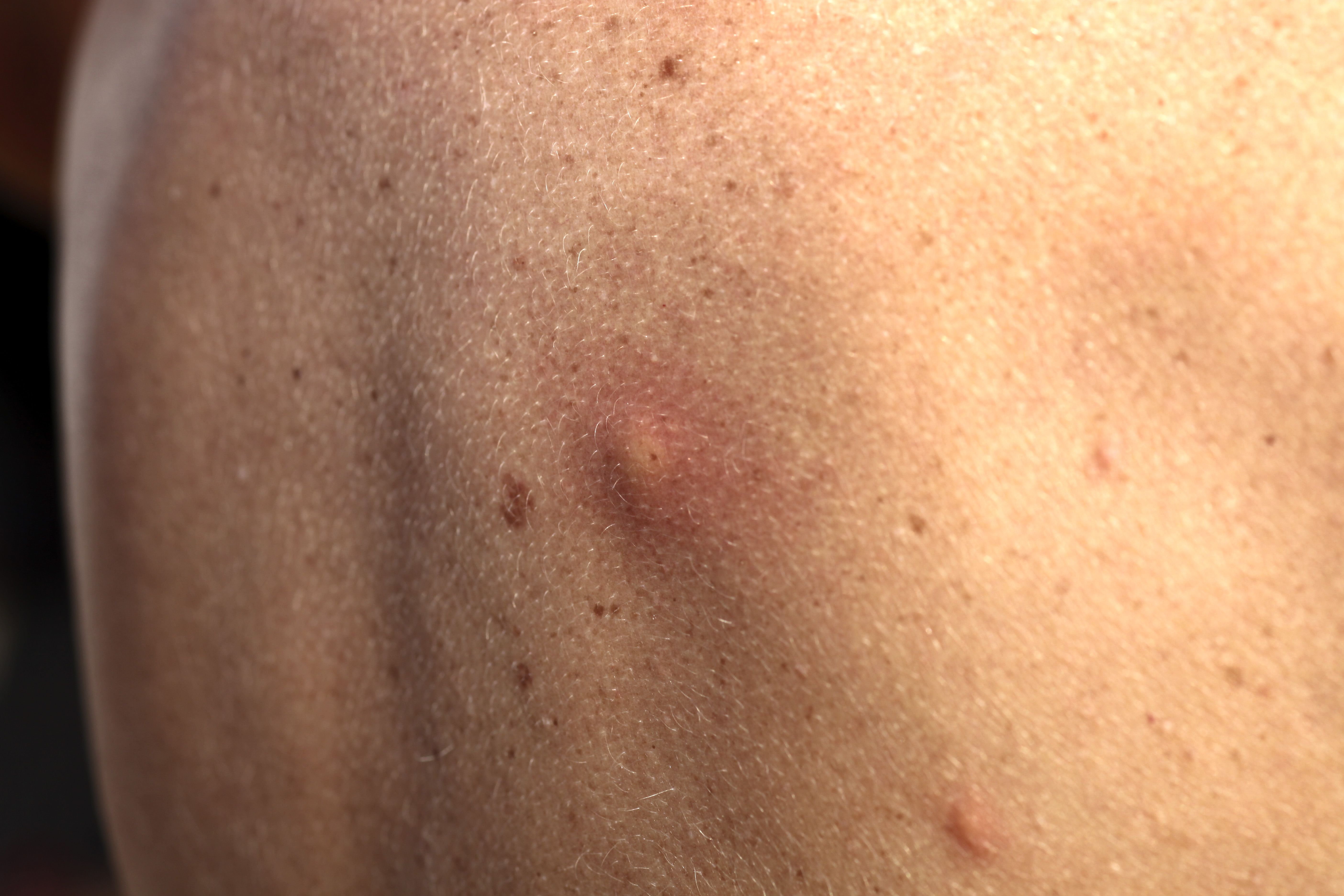
What it looks like: Most mosquito bites appear as red bumps, according to Hari Nadiminti, MD, chair of dermatology at Summit Medical Group in New Jersey. It may be white and puffy or firm and red, depending on how long it’s been since the bite.
What it feels like: A mosquito bite can feel hard and itchy, Nadiminti says. You may also have some swelling around the bite. Luckily, most symptoms go away within three to four days.
Tick bite
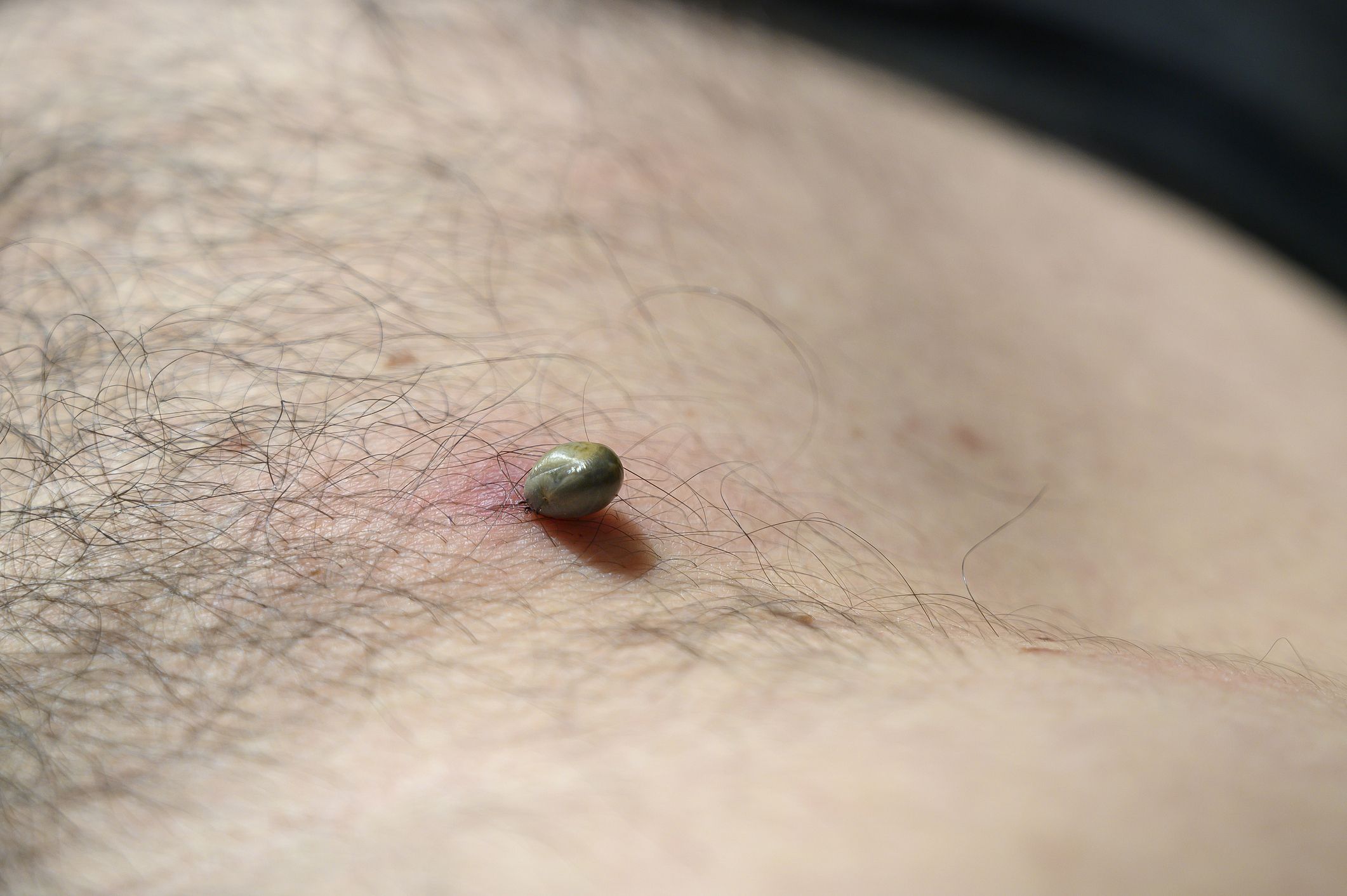
What it looks like: “A lot of times, you may still see the tick attached to the skin,” making it easy to ID what’s behind the bump, Dr. Rodney says. Once the tick is gone, though, you may see a little red bump at the site.
What it feels like: A tick bite can be itchy. Luckily, that doesn’t last long—Dr. Rodney says it should stop within a few days. Call your doctor if you notice a rash or a bulls-eye mark around the site—it’s often a sign of a tickborne illness, and you’ll need treatment for it.
Spider bite
https://www.instagram.com/p/Bdn9lmCnn2T/
A post shared by Arturo (@warmloaf)
What it looks like: Spider bites can actually look a little different from other bug bites, thanks to a key feature: They leave two puncture marks, says Nancy Troyano, PhD, board certified entomologist for Western Exterminator.
What it feels like: It usually depends on what bit you, but Dr. Rodney says that the bites can be “very painful.” “Widow spiders will cause pain at the bite area and the pain will spread as the venom spreads through the body,” Hottel says. “Recluse spider bites cause localized pain at the site of the bite and can lead to lesions on the skin.” If you suspect that you’ve been bitten by a spider, call your doctor.
Bed bug bite

What it looks like: These are actually pretty easy to spot because bed bites bite in a line. “Bed bugs will bite you in one spot, walk a couple of centimeters, and bite you again,” Dr. Rodney says.
What it feels like: These bites are pretty itchy, and may have some swelling around them like a mosquito bite, Troyano says.
Flea bite
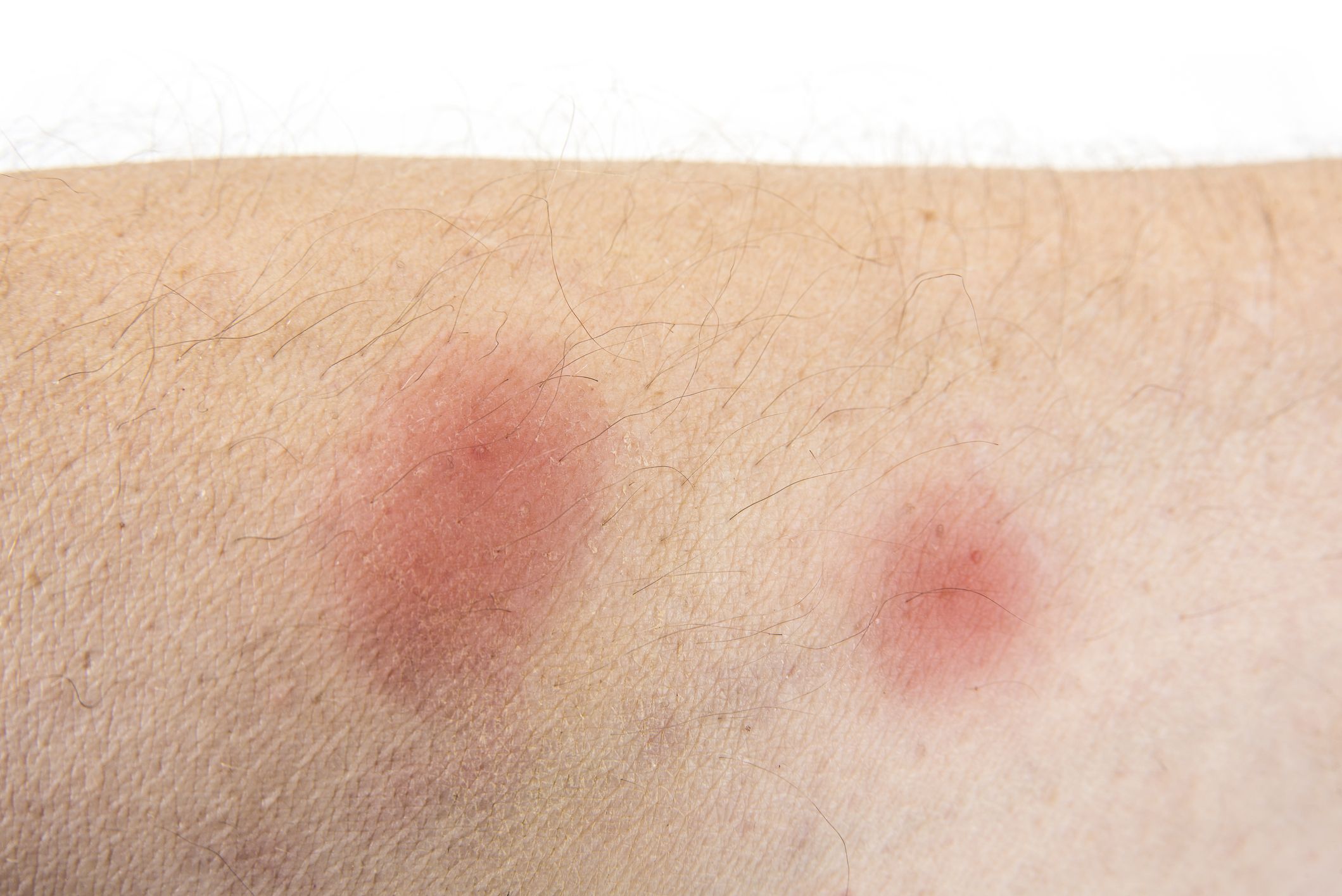
What it looks like: Flea bites can look like little red bumps, usually on your legs, Dr. Rodney says. In this case, it’s a good idea to think about what you’ve been doing lately, like if you were recently volunteering at an animal hospital.
What it feels like: These bites tend to be “very itchy,” Troyano says.
Fly bite
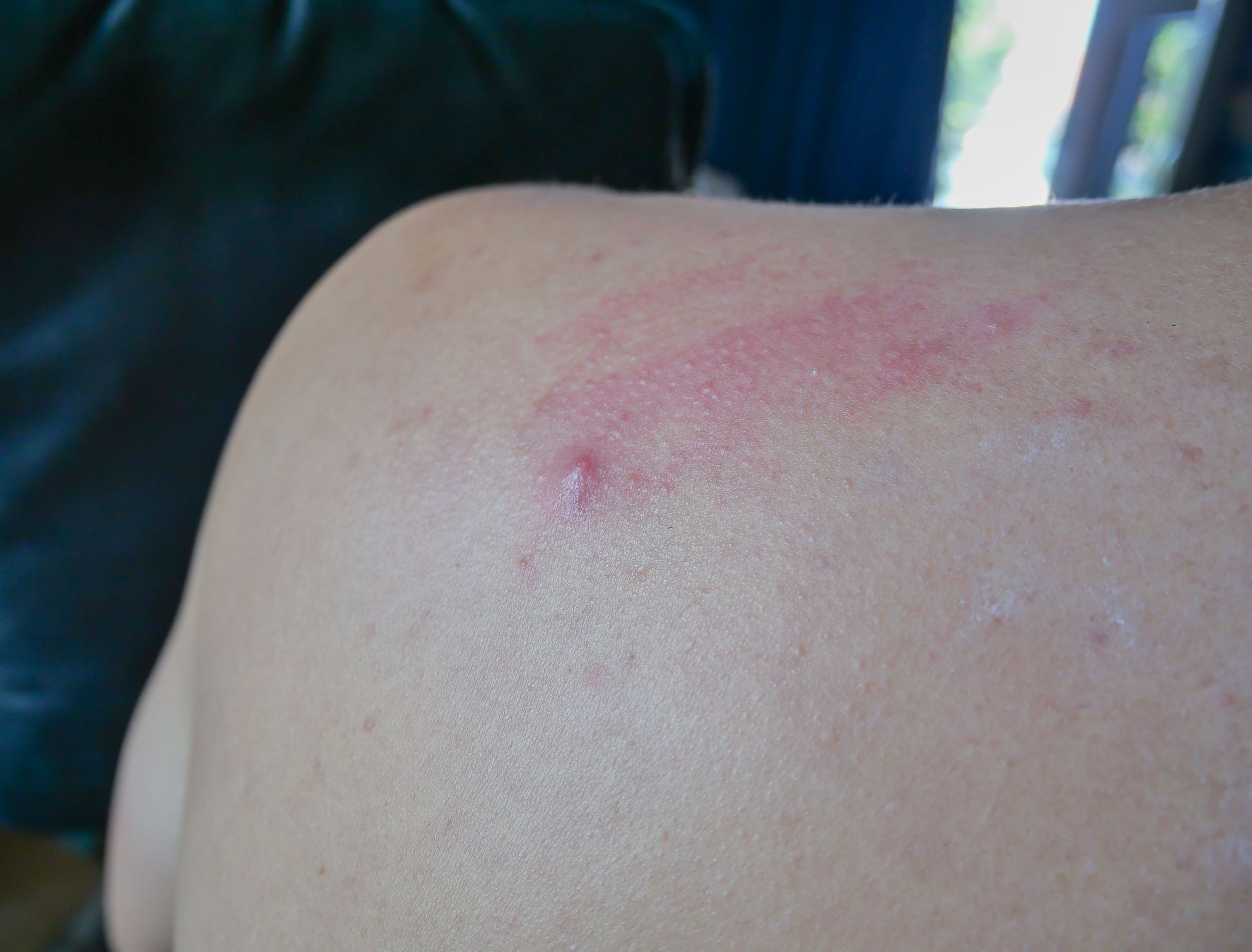
What it looks like: Not all flies bite but some, like horse and deer flies, do. These can look like a red bump, Troyano says.
What it feels like: You’ll usually notice when you’re bitten by a fly, Troyano says, pointing out that it can be a “painful bite” that can “draw visible blood.”
Sand fly bite
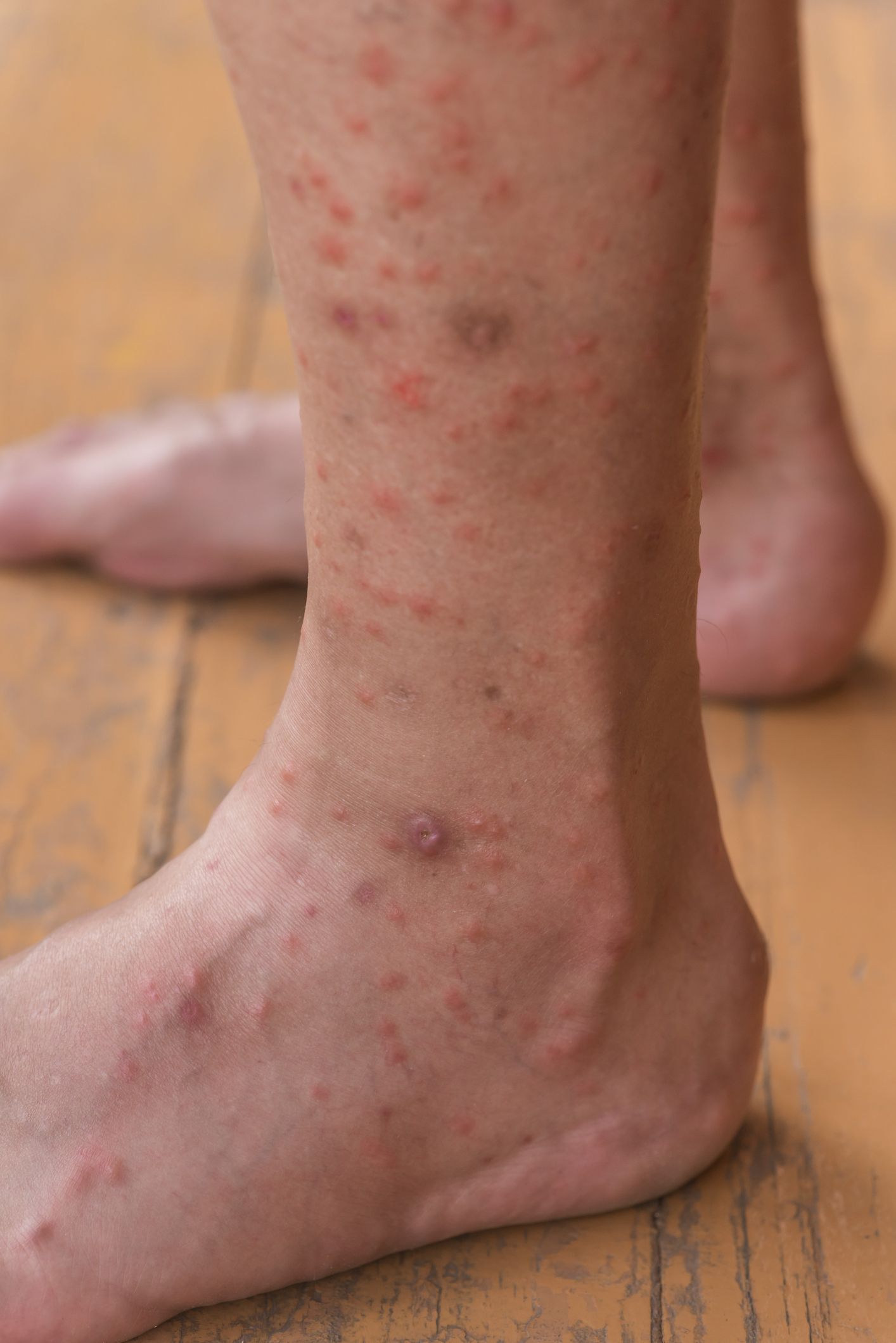
What it looks like: Female sand flies feed on blood, and they bite areas where your skin is exposed, like your feet, legs, ears, eyelids, nose, and lips, Troyano says. Usually they bite more than once and you’ll often see small red welts.
What it feels like: When sand flies bite, Troyano says you’ll feel a “sharp, prickling sensation with each bite.” After that, they’ll be itchy.
Chigger bite
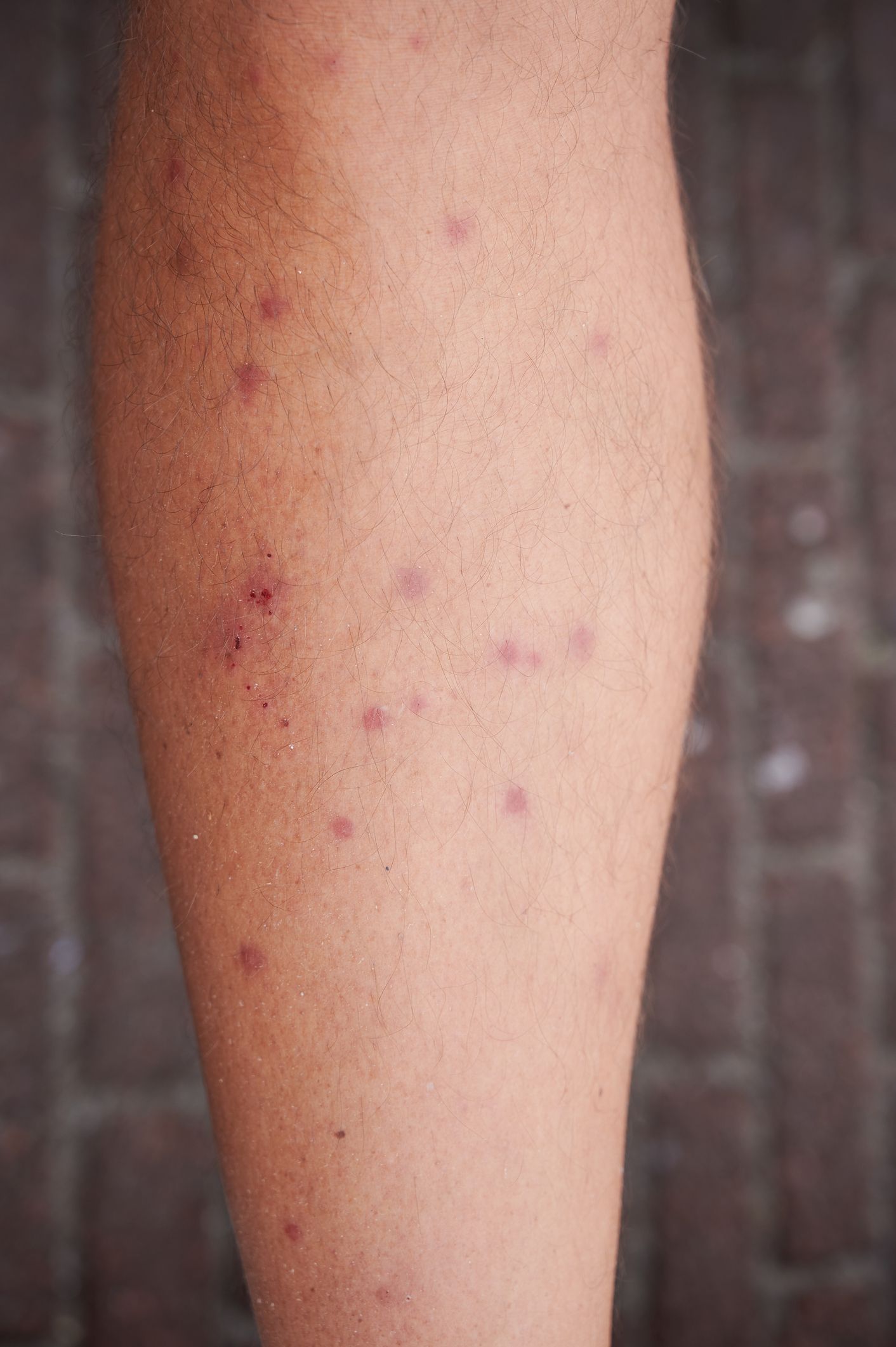
What it looks like: Chiggers are mites that don’t feast on human blood—they prefer the skin, Hottel says. “Chigger bites are common around the ankle areas,” he says, and can look like a lot of little bumps.
What it feels like: Uncomfortable. “The digestive compounds they inject into our skin can be very irritating and itchy,” Hottel says.
Fire ant bite
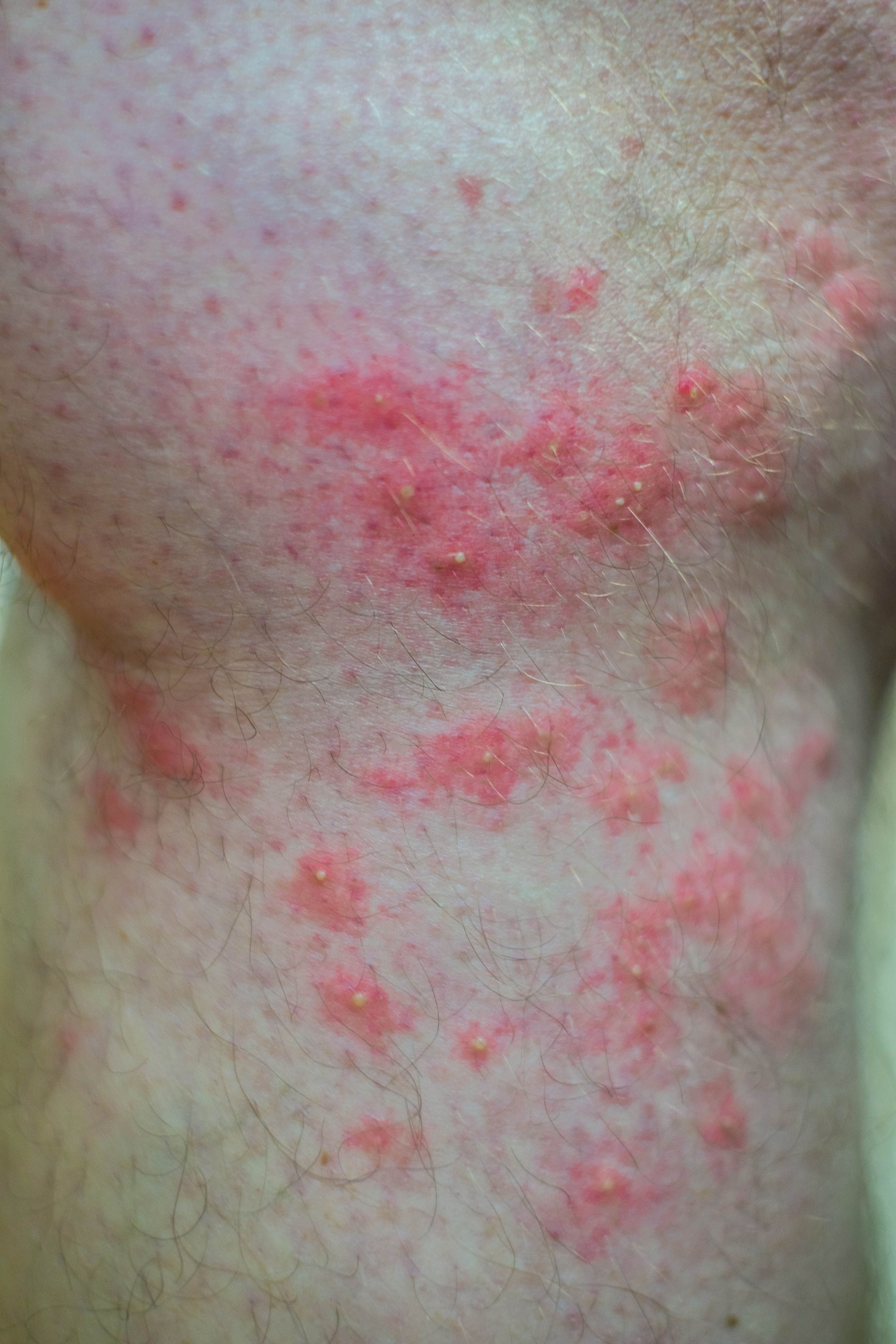
What it looks like: Not all ants bite or sting, but fire ants definitely do. These stings can look like red welts or rashes, Troyano says. They may also become fluid-filled blisters.
What it feels like: The sting will usually burn at first, and then become itchy, Dr. Rodney says.
Bee sting
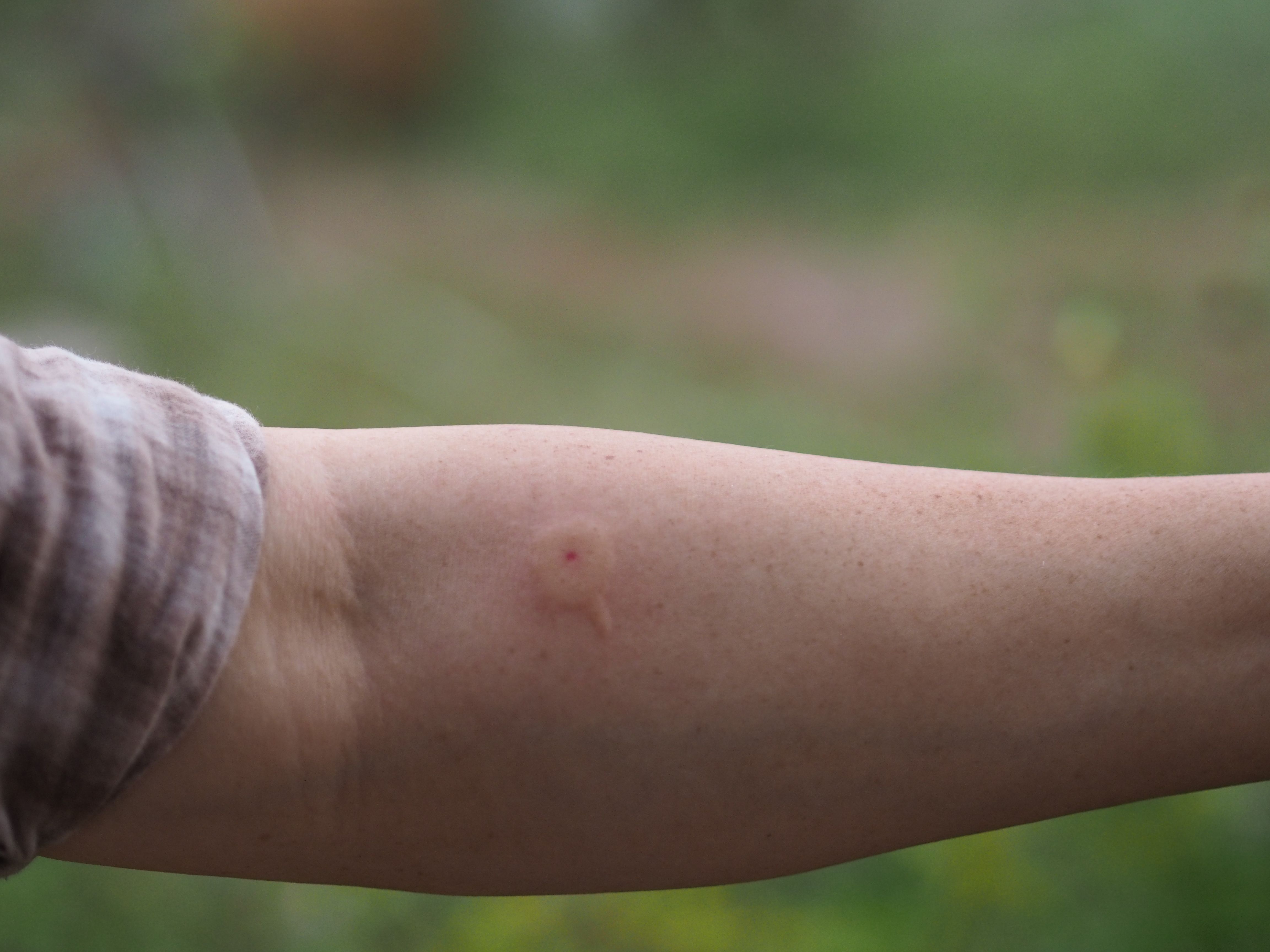
What it looks like: You’ll usually develop a red bump and swelling where you were stung within a few minutes after the attack, Dr. Rodney says. You may even still see the stinger in your skin (you’ll want to remove that ASAP).
What it feels like: You’ll probably notice in the moment if you’ve been stung, with Troyano saying you will probably feel a “sharp pain” when it all goes down. The area may also feel warm afterward. If you develop any signs of an allergic reaction, like swelling or trouble breathing, seek care immediately.
Source: Read Full Article
